
On March 18, 1974 Bihar saw a political awakening. Although it was the towering Jaiprakash Narayan who called for Sampurna Kranti (total revolution), Bihar's university students emerged the true heroes of the day.
It was on this day that thousands of students from across Bihar surrounded the state legislature premises and defied prohibitory orders - under JP's leadership. The police lathi could not stop them. Hundreds of students were detained. But they refused to relent.
Among these were some prominent student leaders who are responsible for shaping Bihar politics today. Rashtriya Janata Dal (RJD) chief Lalu Prasad, Bihar chief minister Nitish Kumar and BJP's chief ministerial face Sushil Modi - were all JP's boys. Today, they are the main stakeholders of Bihar politics.
Lalu Prasad
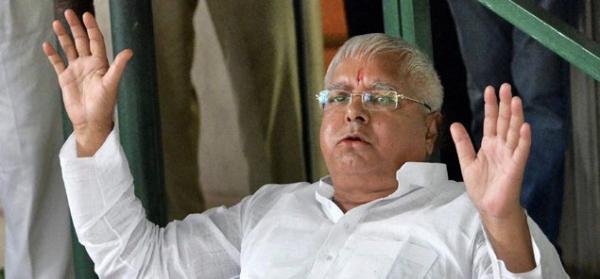
Photo: Patrika
The RJD chief played an important role in the movement. The then-president of the Patna University Students' Union took it upon himself to organise students for the movement. The most vocal protagonist of the movement, Lalu was arrested with other student leaders and spent 19 months behind bars.
Lalu found himself on the CM's chair in less than two decades of the revolution - having displayed exceptional leadership qualities. He promised to bring an end to the Congress way of politics that prevailed in the economically-backward state for 35 years. He also promised to end upper caste hegemony, basing his politics on secularism and socialism.
Lalu was a popular chief minister and the people gave him a fifteen-year-long mandate. But Lalu's politics had its own set of problems. Corruption and nepotism were the hallmarks of his tenure. Crime increased manifold and his era came to be known as the "jungle raj". He was thrown out of power in 2005 by the NDA with Nitish Kumar as its chief ministerial face.
Despite his political strength having gone down by several notches, Lalu continues to remain relevant in Bihar politics. Following his conviction in the fodder scam, Lalu had to settle for Nitish Kumar to be the face of the Grand Alliance - despite his desire to be lead Bihar once again..
Nitish Kumar
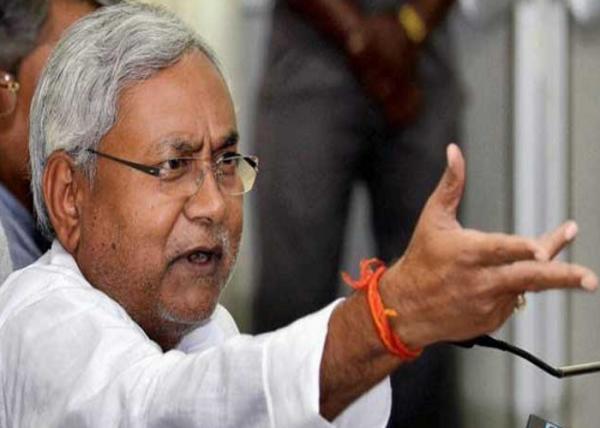
Photo: Patrika
Despite having once been in Lalu's trusted inner circle - and even going to prison with him - Bihar chief minister Nitish Kumar does not have the charismatic leadership that defines Lalu. But Kumar displayed qualities of a good policymaker and administrator, and was involved in giving direction to the movement at the policy level.
After the movement, Kumar emerged the strongest Kurmi leader in new phase of Bihar politics. However, he would soon fall out with Lalu Prasad and leave the Janata Party to form his own political outfit with George Fernandes. Throughout his career, Kumar has served as cabinet minister with different governments.
He was briefly the railway minister between 1998 and 1999. He resigned following the Gaisal train disaster. Incidentally, he was also the railway minister during the Godhra incident. In 2005, he successfully led the NDA to victory in Bihar and won two back-to-back elections on good governance. However, he broke the alliance with NDA before the 2014 general elections as Narendra Modi was made the BJP prime ministerial candidate.
Now, Kumar is part of the Mahagathbandhan or the Grand Alliance with the RJD and Congress. He is also the chief ministerial candidate for the Assembly elections that are scheduled for October 12.
Sushil Kumar Modi
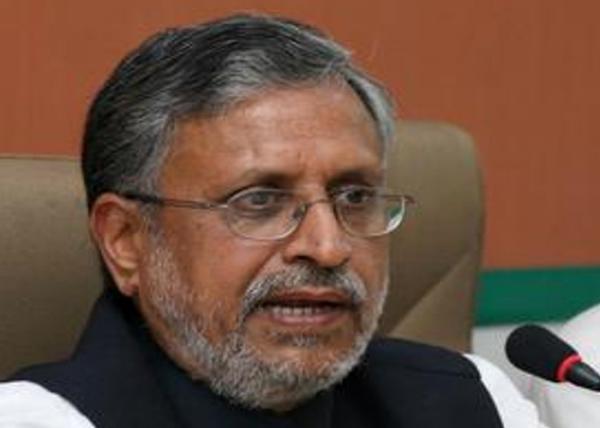
Photo: Patrika
A former Akhil Bharatiya Vidyarthi Parishad (ABVP) activist, Modi chose to join the JP movement along with Nitish and Lalu. The then-student leader of Patna University also spent time in jail for his participation in the movement. However, unlike Nitish and Lalu, he did not immediately join politics. He continued his association with the RSS post the movement. Modi's policies are plural and inclusive. He is married to Jessie George - a Malayali Roman Catholic.
When the NDA came to power in 2005, Modi was made deputy chief minister. He had qualms in playing second fiddle to Nitish. However, the two became good friends and developed a chemistry that could be seen in the developmental work they were involved with.
It was on Modi's shoulders that the shaky JD(U) and BJP coalition rested. The two parties could be diametrically opposed in some policies, particularly those related to the minorities.
In a column in Business Standard, Adidit Phadnis writes:
"A demonstration by the ABVP, the student wing of the BJP, against the state government's allocation of land in Kishanganj for a university on the model of Aligarh Muslim University, was lathicharged by the police. Suhil Kumar Modi, who was then deputy chief minister (and former ABVP activist) went to see the injured in hospital but his entry was resisted. What Kumar was telling the BJP was: do what you want but I will not stop what you consider is appeasement of the minorities.
After Nitish broke the alliance with the NDA in 2014, it was understood that Modi was hurt and anguished because he had even opposed his own party to support Kumar's decisions. Today, Modi is one of the top contenders for CM's post in Bihar.


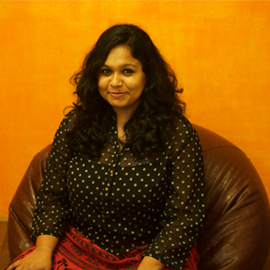


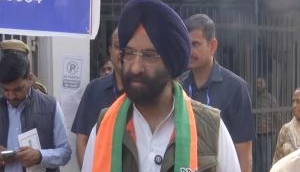

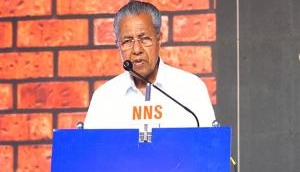
![BJP's Kapil Mishra recreates Shankar Mahadevan’s ‘Breathless’ song to highlight Delhi pollution [WATCH] BJP's Kapil Mishra recreates Shankar Mahadevan’s ‘Breathless’ song to highlight Delhi pollution [WATCH]](https://images.catchnews.com/upload/2022/11/03/kapil-mishra_240884_300x172.png)

![Anupam Kher shares pictures of his toned body on 67th birthday [MUST SEE] Anupam Kher shares pictures of his toned body on 67th birthday [MUST SEE]](https://images.catchnews.com/upload/2022/03/07/Anupam_kher_231145_300x172.jpg)






